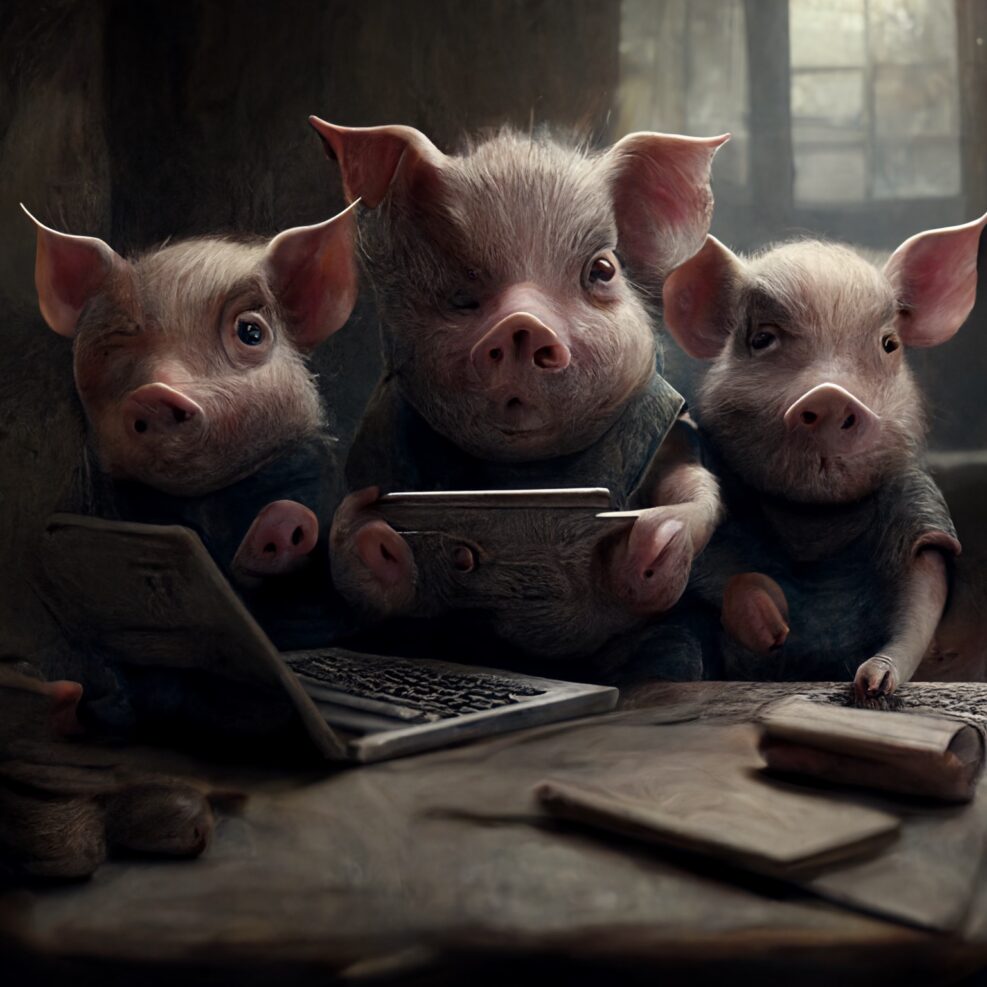
AI is a Tool, Not a Solution for Everything
Life is complicated and our problems can't always be solved through an engineering approachAI is a tool. In the words of Robert J. Marks from an interview at last year’s COSM conference, it can’t be a “friend or foe,” because it’s not a living entity. It’s something that can be used (or abused). Such a neutral, balanced attitude toward AI is alien to many Big Tech moguls who are pitching AI as the solution to many of the world’s complicated problems. For them, on the flipside of the doomsday alarmists, AI will usher in a new epoch of human progress. They may be partially right about that, but according to this writer at Slate, their hype reflects a commitment to technological “solutionism,” the idea that tech, once adequately suited for the task, can Read More ›


















